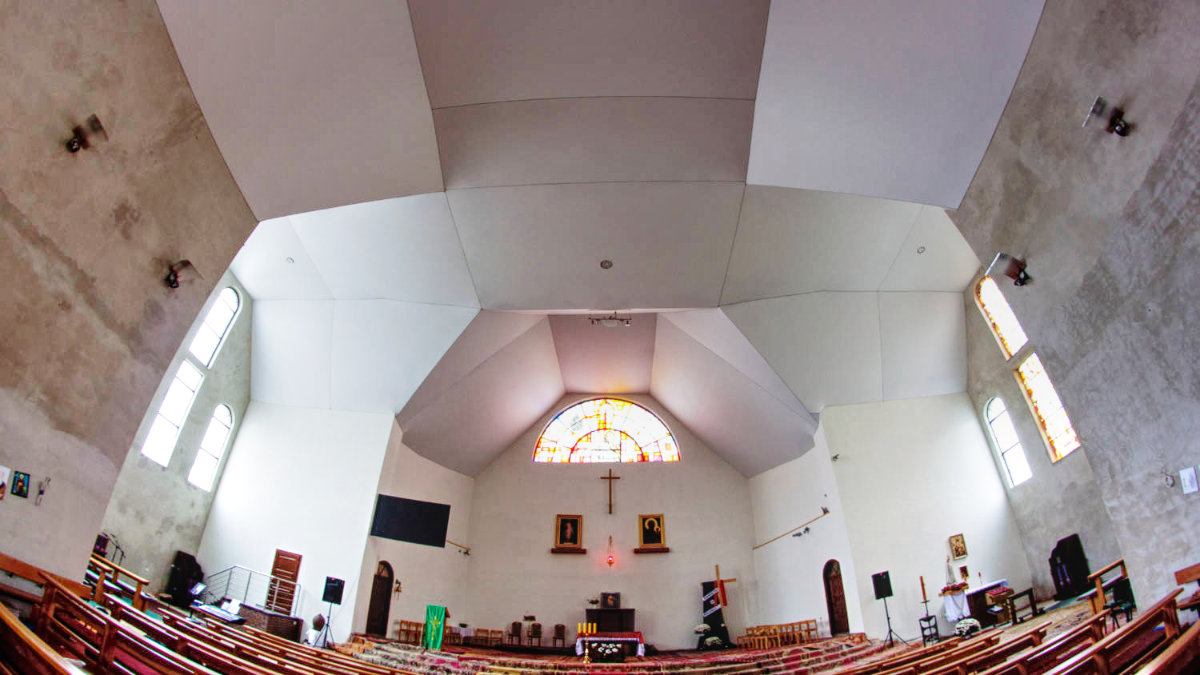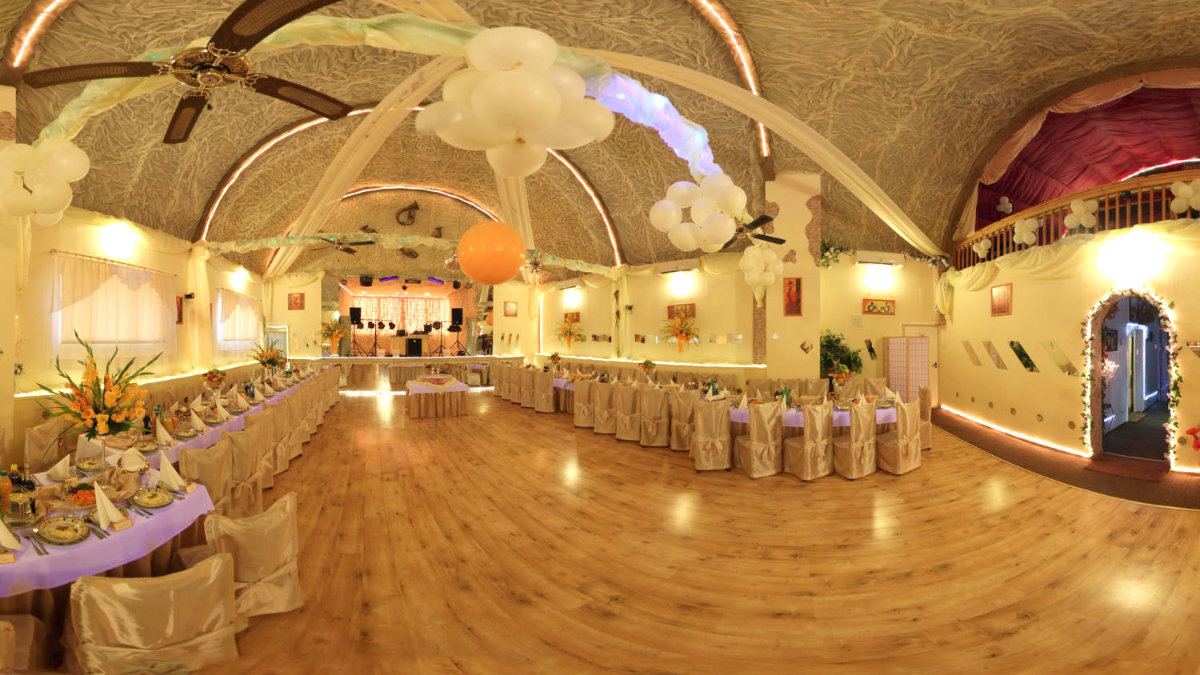Recently, in a discussion about my article on film set design (“Hobby and work – interior finishing in cinematography“) I heard the accusation that there may have been scenography in films, but now film productions mainly use green screen. I have to agree with this – the world is moving forward and replacing old technologies with newer ones, which are also faster to produce and cheaper. .. But this mainly applies to films from the S-F or fantasy genres, where building entire large film sets is unprofitable. Hollywood’s last such leap in the context of post-apocalyptic cinema, where an entire film set was built from scratch, was “Water World” with Kevin Costner in the role main street. The financial flop of this film clearly showed film studios that green screen was a financially safer solution. The era of computer graphics called CGI has come.
CGI in the post-production process is a tool of great importance in today’s film and set design industry. It allows you to create amazing visual effects and transform the surroundings of film scenes. 3D computer graphics are a key element of set design, providing filmmakers with many fascinating possibilities that go beyond the possibilities of building real models.
What scenography is better – CGI
One of the main functions of CGI in the context of scenography is to transform photographed objects by modifying their selected elements. This allows you to change the appearance and characteristics of objects without having to physically modify them. This tool also allows you to create virtual scenography that the camera can freely traverse and circle. This opens up new possibilities in creating dynamic shots.
Additionally, CGI allows you to add backgrounds and views from the window, presenting the desired weather. This allows you to place characters or objects in various sceneries, even those impossible to achieve in reality. This also allows you to remove ahistorical elements from the photo material, such as satellite dishes or high-voltage pylons, which is invaluable when producing films from a given era.

Another important aspect of CGI in set design is the aging and texturing of scenery. This allows you to capture surface details, such as how light is reflected or absorbed, which contributes to the realism of the scenery.
The history of CGI in film dates back to 1982, when the production of the film “TRON” first used computer graphics to create vehicles and action scenes. This event opened the door to further development of this technology in the film industry.
How was it before?
It is also worth noting that at the beginning of the 21st century, the role of set designers in the final look of the film began to decline in favor of special effects specialists. VFX companies have established independent departments. This caused some tensions between the art and special effects departments – especially when it comes to control over the final effect of the team’s work.
Before the era of CGI, concept artists created hand drawings and paintings that defined the aesthetic of film. Now, even if artists still use traditional techniques, their works are scanned and archived digitally. The same applies to detailed scenography designs and photos of already built decorations, on which VFX specialists apply special effects. The artist adds light, textures and additional interior elements to present the visual concept to producers and the director.
Finally, returning to the film “Water World”, two things should be noted. The film will soon celebrate its 30th anniversary, but watching it we do not get the impression of artificiality and cheapness. This is due to the fact that the scenography was made for real and not using a computer. However, films based largely on CGI have unfortunately not aged so well. An example is “The Lawnmower Man“, in which the visual effects have aged terribly, making the film practically unwatchable today.
Do you prefer carefully built sets or computer-generated ones?



